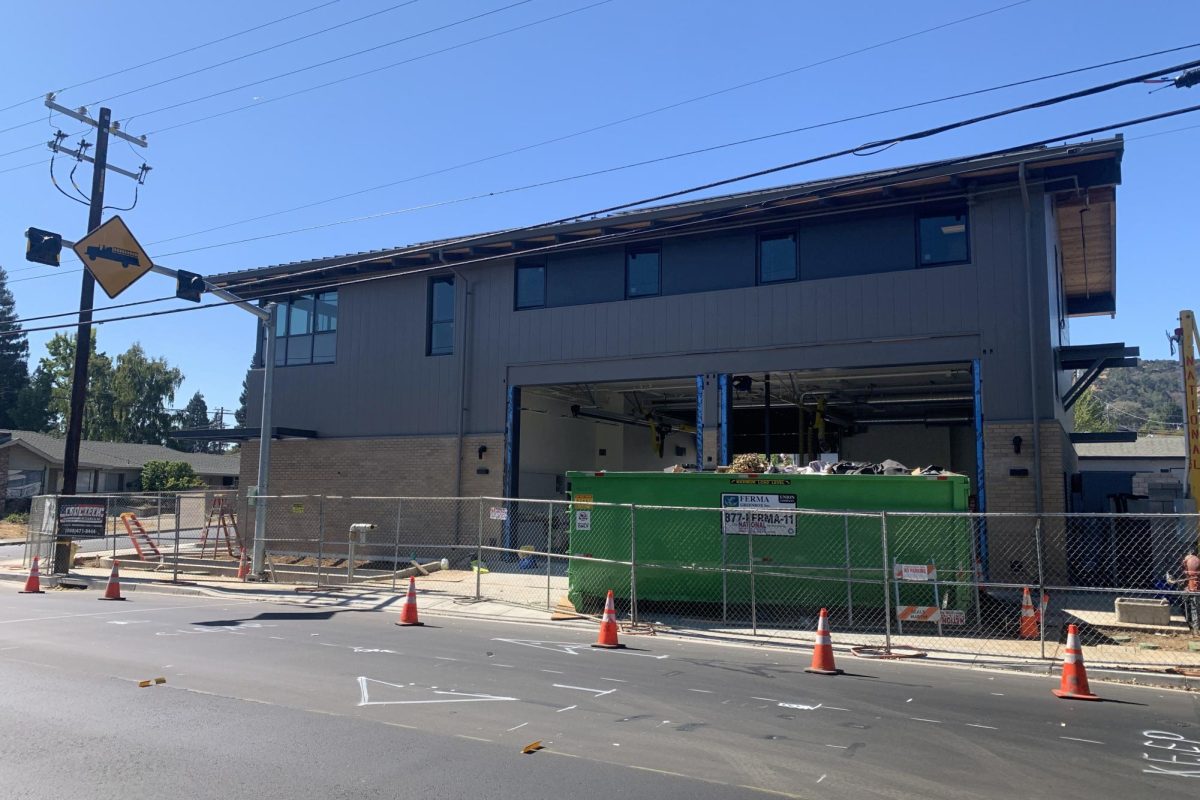The Fire Station 16 reconstruction project in San Carlos, California, is expected to finish soon after months of construction, improving response times for the area.
The project entails demolishing the existing structure, constructing a new two-story fire station, and improving utility and pedestrian safety.
“Safety is our number one priority, and that’s not only for the fire personnel but also for the public surrounding the station,” said retired Fire Captain Keith Roberts.
Fire stations are complex buildings with many moving parts, so building an organized environment is essential for efficiency.
Once finished, Station 16 will include the firefighter’s living quarters, a functional gym, and an apparatus bay, which will house both a primary and a reserve engine. In addition to every station’s life-saving equipment, backup equipment is also provided in case of malfunctions.
“Every area of the station needs to be organized so we can quickly get to work and save lives,” Roberts said.
Maintenance is vital to preserving a safe environment for those visiting or living inside the station. First responders often take 48-hour to 96-hour shifts, so keeping their area clean, safe, and organized is a high priority.
Stations must be updated, remodeled, or rebuilt due to safety standards every 30 to 40 years. Since Station 16 is over 60 years old, it is well overdue for an update.
“It’s very important that the place you are living in for days at a time is not falling apart while you’re living there,” said Redwood City Fire Captain Forrest Dyer.
While Station 16 is out of commission, surrounding stations in the San Mateo area, including Station 13 in San Carlos, respond to emergencies in their place.
The Net Six Joint Powers Authority (JPA) ensures the five closest engines and battalion chiefs are on-site, no matter which city they are located in. While response times are slower during this process, the JPA guarantees an entire rescue team when needed.
Currently, the last stages of construction are underway, causing the partial closure of the street near the station.
“I drive through that street almost every day, and it’s kind of confusing when the detours change all the time,” said Carlmont junior Lyra Cunningham.
The streets near the station are often backlogged by traffic when engines leave and return. For added safety, a pull-through entrance was added to the back of the station, eliminating the need to back up into it.
“When you’re in a profession where you’re trying to identify and do your best to eliminate risk, it reduces the number of accidents,” Dyer said. “Even with the best planning, things still happen.”
As construction ends and the cones are put away, Station 16 will begin operations in the coming weeks, protecting its neighborhood and community.
“It makes me feel safer to know that our stations are still maintained and that there will soon be one near me,” Cunningham said.













